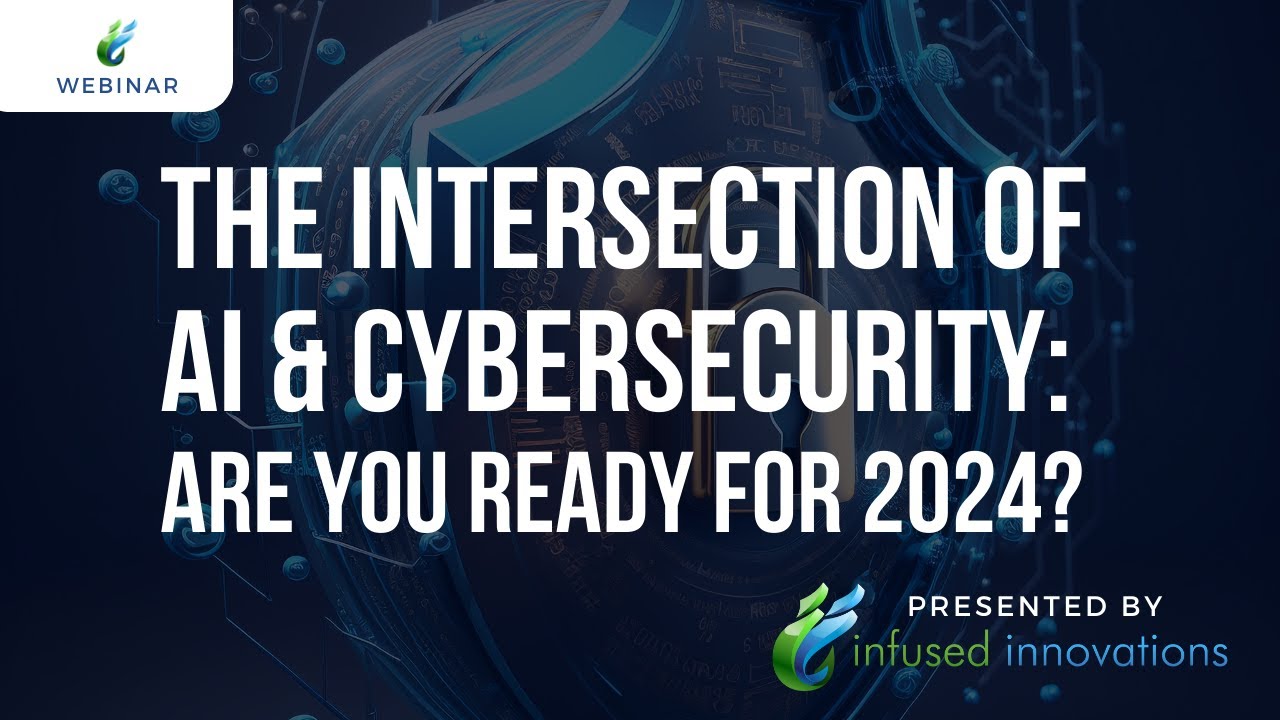Artificial Intelligence (AI) is undoubtedly transforming industries and driving innovation. However, in 2024, the cybersecurity landscape is facing new challenges as AI takes center stage. This article explores three key focus points that privacy professionals should be aware of as they navigate this evolving landscape.
Major AI-related cyber incidents
The rapid advancement of AI and intelligent automation has undeniably boosted productivity across various sectors. However, this progress is not without its drawbacks. Security compromises are on the rise, and a concerning trend emerges an inverse relationship between the popularity of open-source AI/ML projects and their security robustness.
Experts anticipate AI will play a pivotal role in enhancing cybersecurity by helping organizations identify security flaws in code and configurations. However, a cautious approach is necessary. It’s crucial for developers to use AI as a tool to flag potential risks rather than relying on it to make autonomous decisions.
Blind spots increase vulnerabilities
In 2024, threat actors are expected to explore innovative ways to target organizations, often exploiting weaknesses in newly-acquired AI methodologies. Furthermore, they exploit vulnerabilities introduced when employees use unauthorized AI tools.
With the rapid expansion of AI use cases, security teams find themselves stretched thin as they strive to comprehend evolving threat models and monitor applications designed to infiltrate business systems. This lack of oversight places corporate data at an unprecedented risk of illegal extraction.
To address this challenge, businesses must conduct comprehensive internal reviews to identify authorized and unauthorized infrastructural AI presence. From there, teams should assess the risk posture and formulate strategies that prioritize security while maximizing the value of AI.
Escalation of phishing and malware threats
AI’s introduction into cybersecurity adds complexity to the established risks of phishing and malware attacks. Generative AI tools now empower cybercriminals to orchestrate attacks of unparalleled sophistication. These attacks include the creation of highly personalized phishing attempts and intricate email campaigns, deceiving even the most vigilant staff members.
Moreover, dark web-based AI techniques amplify these dangers, enabling criminals to employ deep-fake attacks and conduct large-scale social engineering operations that undermine trust and manipulate public sentiment.
Understanding the risks and opportunities
In 2024, AI presents a dual challenge: offering opportunities for advancement while introducing new risks. This underscores the imperative for organizations to embrace AI-driven change with vigilance and strategic insight.
Global Privacy Day, which will take place this January, will serve as a platform for experts to engage in discussions regarding the role of artificial intelligence in business communities worldwide. It will address the evolving challenges in cybersecurity and privacy in the context of AI.
The integration of AI into cybersecurity is both an exciting and daunting prospect. While AI can enhance security measures, it exposes organizations to new vulnerabilities. Cybersecurity professionals must remain vigilant and adaptable, leveraging AI as a valuable tool to identify risks and protect against emerging threats.
As the AI landscape evolves in 2024, organizations must prioritize security while harnessing the potential of this transformative technology. Global Privacy Day offers an opportunity for stakeholders to collaborate and address these critical issues. The path forward requires a balance between innovation and safeguarding sensitive data, and only through such a balanced approach can organizations thrive in an AI-driven world.




